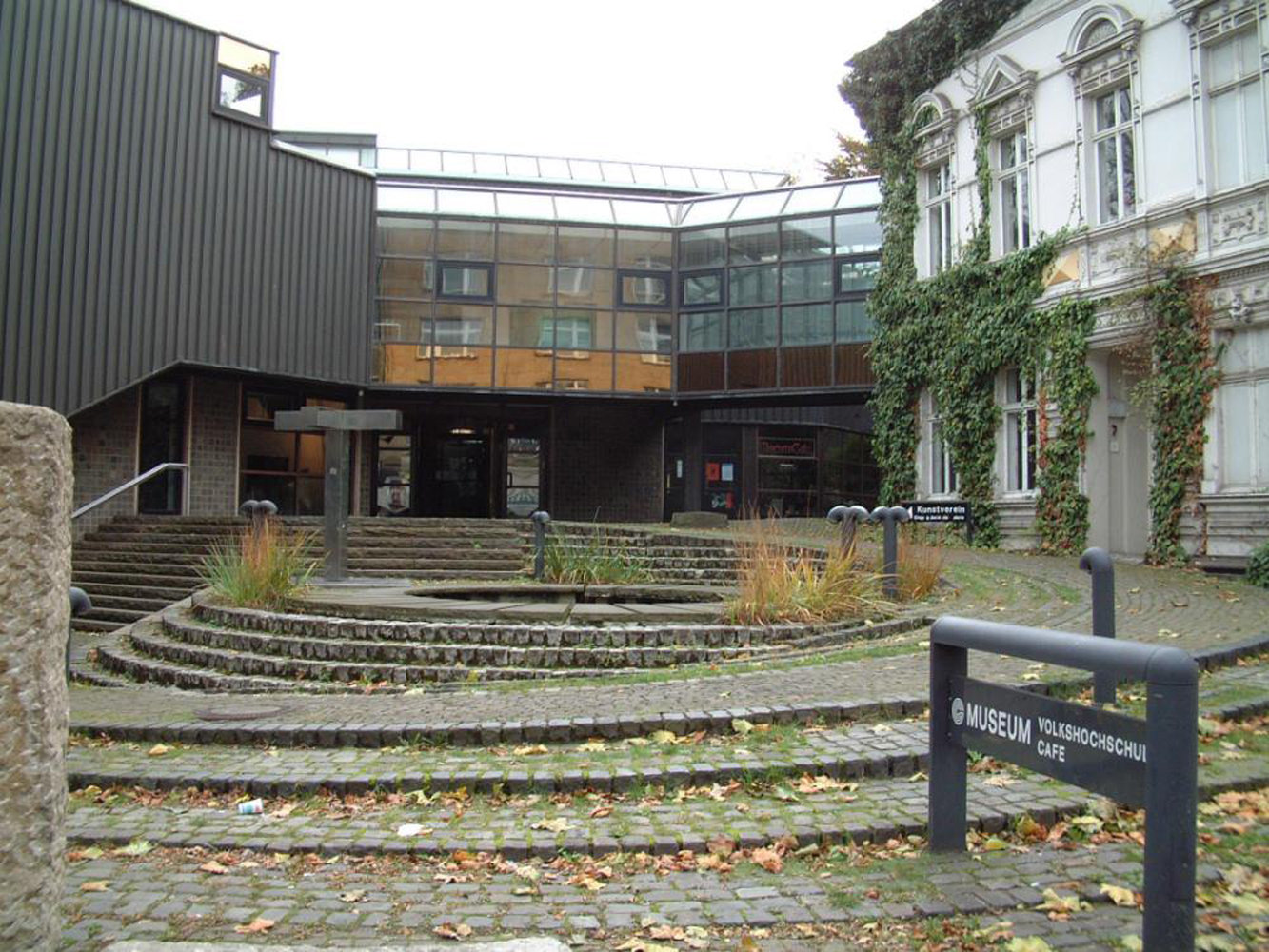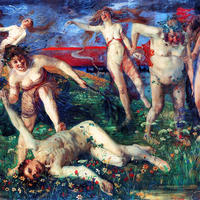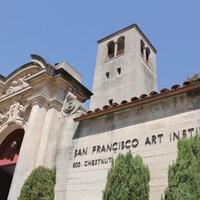More about Kunstmuseum Gelsenkirchen
Works at Kunstmuseum Gelsenkirchen

Contributor
The multilayered history of the Kunstmuseum Gelsenkirchen demonstrates that it is not possible to separate art from politics, no matter how tempting it may be.
The art museum is a microcosm of the German civil society, from its horrific collapse in the 1930s, to its contemporary efforts to reconstruct itself based on a serious look at its own painful recent history. The history of one painting in the collection of the Gelsenkirchen, Bacchanal by Lovis Corinth, which depicts a group of women driven mad by Bacchus, the Greek deity of drunkenness, is a good example of a self-reflective and repentant attitude among the German people.
In 1936, realizing that the government would not spare him or his family, Alfred Salomon had no other choice but to take Bacchanal to Rudolph Lepke's Berlin auction house, in order to secure the money to escape Germany and find refuge in an allied country. The Gelsenkirchen, owned by the West German state, acquired the painting from a gallery in Cologne in 1957. Positing that their ancestor sold the artwork under duress and therefore without true consent, the Salomon heirs demanded the return of the painting in 2010. In April 2016, the city of Gelsenkirchen decided to comply with the request of the heirs.
"The collection of paintings of the Kunstmuseum Gelsenkirchen traces the history of German modernism, and is a truly representative collection. However, its unique presentation of kinetic works of art and its related works of light art and Op Art stands out among art museums." Among the unique kinetic works are Peter Vogel's hypnotic "speaking column," adorned with lights which synchronize themselves to nearby voices, the "mirror room," Repro Modul by Inge Haas, and Kees Aafjes' Spanische Fliege, a beetle sculpture that responds to touch. Like the musical geniuses Kraftwerk, the museum has made use of the centuries-old German interest in technology for the higher purpose of artistic experimentation. The upper floor of the museum, by contrast, displays a thorough and prestigious collection of works from both before and after WWII, including those of Auguste Rodin, Kirchner, Emile Nolde, Konrad Klapheck and Gerhard Richter.
The city rebuilt the museum after WWII, pledging to dedicate the building as a public institution. To this day, admission is free of charge. Every community, and every nation, can benefit from a free art museum as a place where cultural communication can ferment and grow.
Sources
- "Beratende Kommission für die Rückgabe NS-verfolgungsbedingt entzogener Kulturgüter, insbesondere aus jüdischem Besitz." Apr. 29, 2016, https://web.archive.org/web/20160514215620/http://www.kulturgutverluste…
- "Expressionisten aus Museum entwendet." Der Tagesspiegel, Aug. 8, 2008, https://www.tagesspiegel.de/kultur/kunstdiebstahl-expressionisten-aus-m….
- Höving, Elisabeth. '„Bacchanale“ - Erben melden Anspruch auf Nazi-Raubkunst an.' DerWesten, Nov. 14, 2014, https://www.derwesten.de/staedte/gelsenkirchen/bacchanale-erben-melden-….
- "klezmer.welten 2019." Aug. 15, 2019, Gelsenkirchen, https://www.gelsenkirchen.de/de/_meta/aktuelles/artikel/39478-klezmerwe….
- "Kunstmuseum Gelsenkirchen." Ruhr Kunst Museen, https://www.ruhrkunstmuseen.com/de/museen/kunstmuseum-gelsenkirchen/.
- "Museum Gelsenkirchen erinnert an Künstler Carlos Cruz-Diez." Waz, Jul. 31, 2019, https://www.waz.de/staedte/gelsenkirchen/museum-gelsenkirchen-erinnert-….
- Rossmann, Andreas. "Salomonisch: Gelsenkirchen restituiert Gemälde." Frankfurter Allgemeine Zeitung, May 2, 2016, S. 9.











